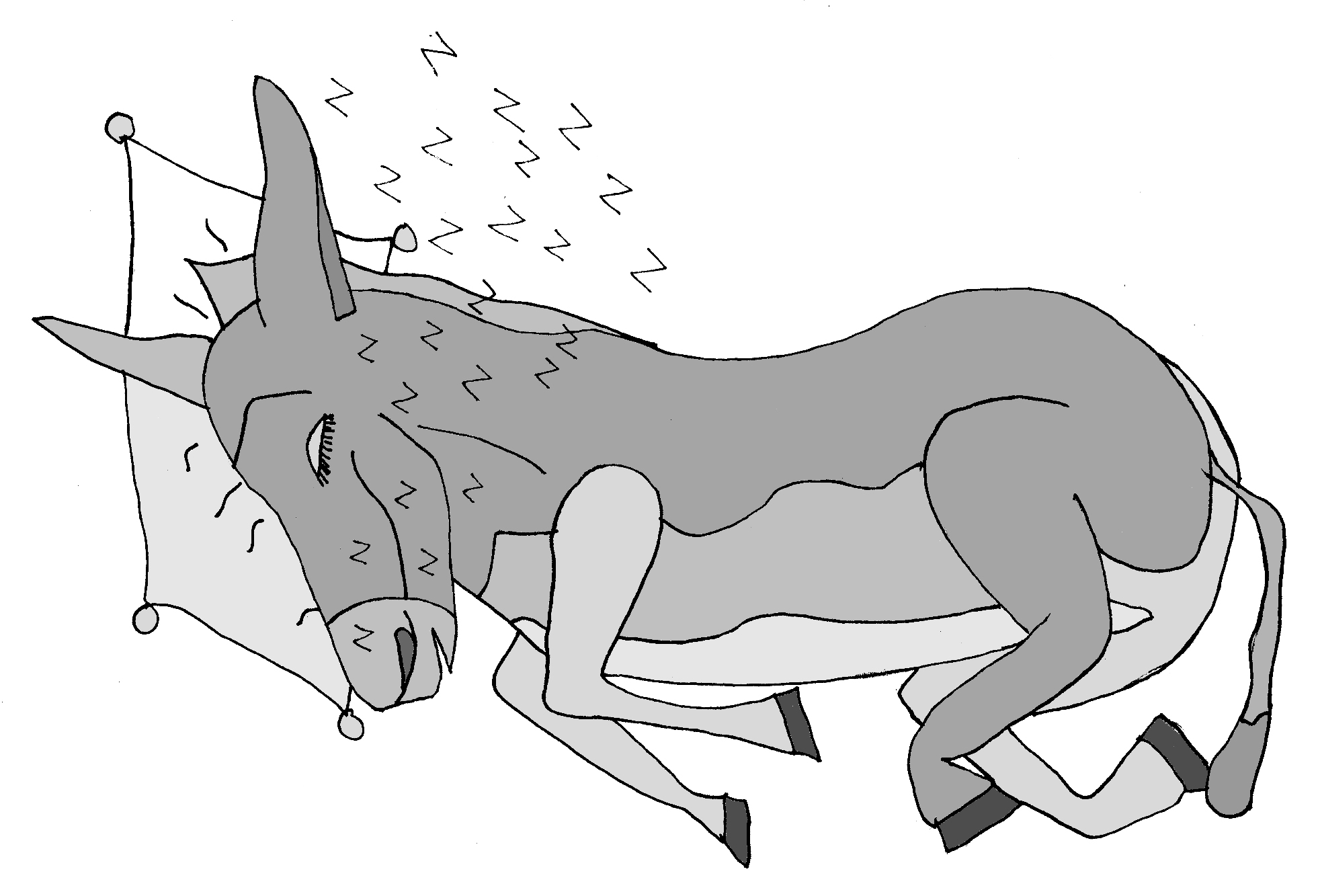Democrats, let’s learn from our mistakes
February 9, 2018
 This
piece represents the opinion of the author
.
This
piece represents the opinion of the author
.
As we enter the second month of 2018, it’s worth taking a moment to reflect on this year’s potential to shake up the American political landscape. Although the 2016 election may still be fresh in our minds, the upcoming midterm elections in November will be similarly momentous, defining the “second-half” of the Trump Presidency and either making or breaking some of his grandiose campaign promises.
With so much on the line, Democrats have predictably been hammering home this message of urgency. With several special-election wins and national polling predicting sizable Democratic gains in Congress, optimism has been running high. If all goes according to plan, Democrats could win a majority in the Senate and take several more house seats. However, this original optimism should err on the side of caution. The last two weeks of polling, as compiled by The New York Times, show the original lead held by the Democrats to be slipping. They still hold an edge, but it’s slight, and has dropped over two points in the last two weeks alone.
Although this recent drop is by no means indicative of any long-term trend, it does highlight a key vulnerability for the Democratic Party. Trump’s consistently low approval rating has made it seem as if Democratic strategy can subsist off mere “resistance,” where public anger with the Trump Administration heralds a Democratic victory whether they do anything or not. This is a tenuous approach at best. Resistance is important, of course—the Democrats should fight tooth and nail to keep Trumpian legislation off his desk—but as they furiously hold the defensive front, little time has been devoted to developing an offensive strategy or addressing some of the Party’s notable faults. As November nears, such strategy and retrospective transformation will be indispensable.
The Democrats suffered a crippling defeat in 2016, and the party needs to embrace real change if it wants to return to power—not change that exists only in relation to the Trump administration. That relationship is not grounds enough for progress; it’s just too amorphous. Take, for instance, opposition to the GOP Tax Plan. In the weeks leading up to its passage, when public opposition to the plan was overwhelming, Democrats mirrored such sentiment with incessant attacks on the plan’s politics and ideological basis. However, since the plan’s passage, it has seen a steady upward trend in approval. For many working-class families too preoccupied with short-term finances to look far into the future, the economic growth and widespread bonus distribution that has persisted in the weeks following the passage has lessened anxieties and warmed attitudes towards GOP policies. As expected, Democrats have been largely mum on the subject since December, and their narrowing lead has correlated with the changing public perception about the tax plan.
This really does not bode well for a party whose crux in the last election was working-class voters. By many indexes, the Rust Belt was the nail in Hillary Clinton’s coffin—predominantly white, working-class states across the Midwest and Greater Appalachia that went for Obama in 2008 and 2012 but flipped in 2016 (including Pennsylvania, Michigan, Ohio, etc.). If the voters who brought Trump into office remain satisfied with his performance, and if working-class voters across the board see their finances improve from GOP policies, the Democrats are going to be in serious trouble once again. After all, their establishment lacks the sort of compelling economic message the Republicans capitalized on last year. Neoliberalism is entrenched in the Democratic Party, and voters who hoped to see serious change under Obama were foiled by such a roadblock, thus flipping the rust belt. In order to flip it back, and reconnect with working-class voters across the country, the Democrats cannot subsist on resistance. The changing tides of tax plan approval make this apparent.
The Boston Globe published an interesting article after Massachusetts’ Democratic Primary in 2016 entitled, “Bernie Sanders loses like a Republican.” In it, the author Evan Horowitz writes, “Sanders did quite well with a number of demographics traditionally associated with the Republican Party—or at least outside the core Democratic coalition,” referencing Sanders’ large lead among independents and moderates. After an election where the Democratic Party saw many independents and moderates flip parties for a more compelling economic message, I would advise the party that they’d be better served by embracing the legacy and platform of Bernie Sanders and fellow like-minded progressives. Instead of buckling down on the very neoliberal policies that cost them the last election, Democrats’ offensive strategy going into 2018 needs to be transformative—they need to move left.
As the cliché goes, “Insanity is doing the same thing over and over again and expecting a different result.” I’m afraid 2018 might prove us insane.


Comments
Before submitting a comment, please review our comment policy. Some key points from the policy: